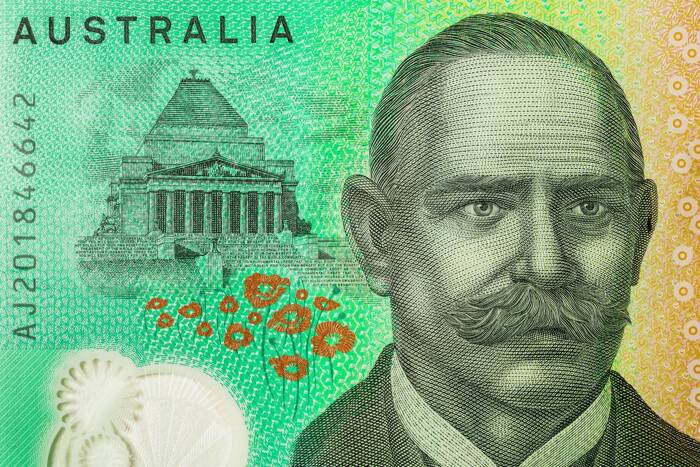Australian Dollar Weekly Forecast: China PMIs, the US Jobs Report, and $0.70

- by Admin
- September 29, 2024

US Economic Calendar: Labor Market Data Crucial for the Fed
On Tuesday, JOLTs Job Openings will be in focus. Economists expect job openings to fall from 7.673 million in July to 7.650 million in August. A larger-than-expected fall may reignite fears of a hard US economic landing, impacting US dollar demand. Conversely, an unexpected rise in job openings could fuel US dollar demand on bets of a less dovish Fed rate path.
ADP employment figures will also require investor consideration on Wednesday. The US labor market remains the main focal point for the Fed, which is attempting to navigate a soft landing. Economists expect the ADP to report a 110k increase in employment in September, up from 99k in August.
On Thursday, ISM Services PMI will influence expectations of a soft landing. Economists predict the ISM Services PMI will remain steady at 51.5 in September. A higher-than-expected PMI could signal a robust US economy and the need for a less dovish Fed rate path.
On Friday, the US Jobs Report could dictate the Fed’s rate path through Q4 2024. Economists expect the US unemployment rate to hold at 4.2% in September and nonfarm payrolls to rise by 145k. A weaker labor market could retrigger fears of a hard landing, possibly raising expectations of a more dovish Fed rate path to support the US economy.
Rising bets on multiple Q4 2024 Fed rate cuts could push the AUD/USD toward $0.70. Conversely, a tighter-than-expected US labor market may pull the AUD/USD toward $0.67500.
Beyond the numbers, Fed speakers will move the dial. Notably, Fed Chair Powell is on the calendar to speak on Monday.
Short-Term Forecast:
The near-term trend for the AUD/USD will hinge on central bank chatter, PMIs from China, and the US economic calendar. Softer US Services PMI and labor market data could tilt monetary policy divergence toward the Aussie dollar. Expectations of a narrower interest rate differential may push the AUD/USD toward $0.70.
Investors should remain vigilant. Economic indicators from China, Australia, and the US will be crucial for the AUD/USD pairing. Stay informed with our latest updates and insights to navigate the Forex markets effectively.
AUD/USD Price Action
Daily Chart
The AUD/USD remains comfortably above the 50-day and 200-day EMAs, affirming bullish price signals.
An Aussie dollar return to the September 27 high of $0.69368 would support a move toward $0.69500. Furthermore, a breakout from $0.69500 may bring the $0.70 level into play.
Central bank commentary and economic indicators from Australia, China, and the US require consideration.
Conversely, an AUD/USD drop below $0.68500 could give the bears a run at the $0.68006 support level. A fall through the $0.68006 support level may signal a drop toward the $0.67500 level.
With a 14-period Daily RSI reading of 65.13, the AUD/USD may climb to $0.69500 before entering overbought territory.
The Latest News
-
December 23, 2024‘See-ball, hit-ball’: Sam Konstas to put pressure on Jasprit Bumrah in Boxing Day Test
-
December 23, 2024Alex de Minaur makes Christmas Day pledge: ‘Never satisfied’
-
December 23, 2024News Corp. and Australia Telecom Company Telstra Agree to Sell Foxtel to Streaming Sports Platform DAZN in $2.1B Deal
-
December 23, 2024Alex de Minaur is coming off the ‘best year’ of his career… but he wants more in 2025
-
December 23, 2024Sorry, Charlie. Son of Tiger makes his first career ace, but Team Woods loses to Team Langer on first playoff hole – Australian Golf Digest





